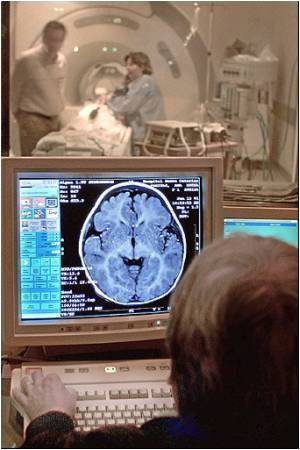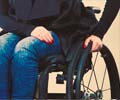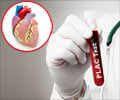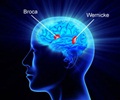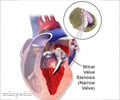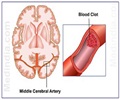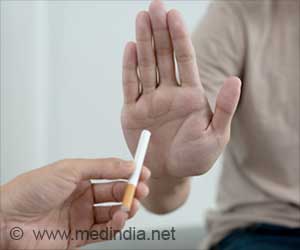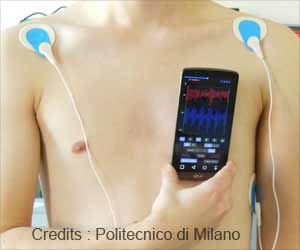Repetitive Transcranial Magnetic Stimulation (rTMS) could improve impaired walking speed in patients who have survived a stroke, finds a new study.
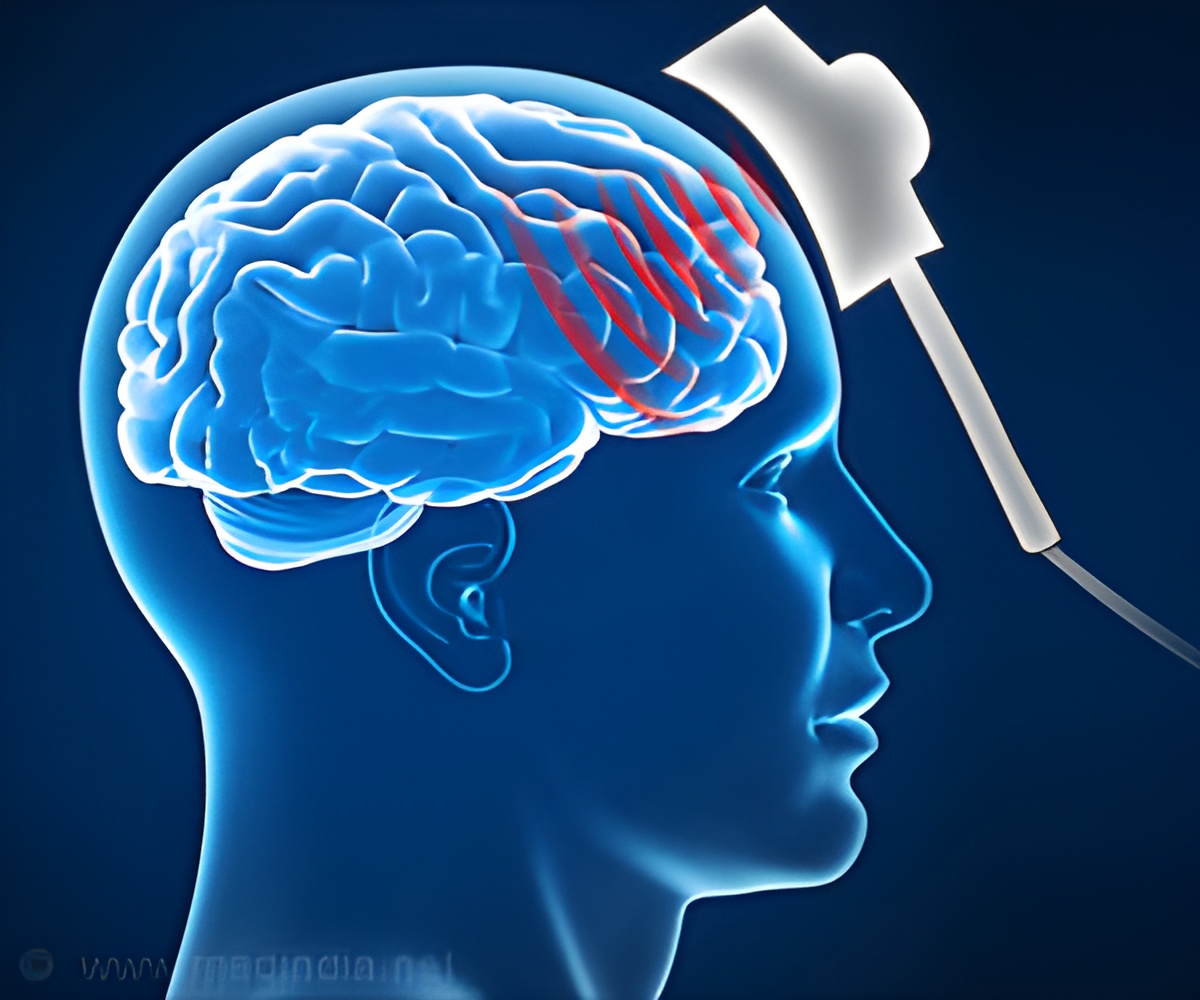
‘The affected area of the brain has to be stimulated by magnetic stimulation in repeated sessions. Transcranial magnetic stimulation (rTMS) is also painless and noninvasive.’





Magnetic Stimulation of the Brain after Stroke - Promising Results, More Research NeededThe researchers performed a systematic review of the research literature to identify studies of the effects of rTMS on walking and balance function after stroke. In this technique, patients undergo repeated sessions of magnetic stimulation of the brain, with the goal of stimulating a targeted area of the brain. The technique is painless and noninvasive; stimulation is delivered through the skull (transcranial) using magnetic coils.
The review identified nine studies of rTMS, five of which were randomized controlled trials. The studies, including patients with ischemic stroke (caused by a blood clot) or hemorrhagic stroke (caused by bleeding within the brain), were published between 2012 and 2017. Seven studies used high-frequency rTMS and two used low-frequency rTMS. The studies were rated as high quality but varied in terms of time since stroke, type of magnetic coil used, and brain area targeted.
Six studies, including 139 patients, provided complete data on walking speed. Analysis of pooled data from these studies showed significant improvement in walking speed in patients who received rTMS. The increase in walking speed was greater in studies stimulating the brain on the same side where the stroke occurred (ipsilesional). Based on just one study, there was no significant effect of rTMS targeting the opposite side of the brain (contralesional).
Three studies, including 77 patients, provided complete information on tests of balance function. Analysis of those studies found no significant improvement in balance with rTMS. Additional analyses showed no significant improvement in motor function or brain responsiveness (cortical excitability) with rTMS.
Advertisement
In recent years, rTMS has come to attention as a potentially useful approach to promoting recovery of limb function. By pooling the results of recent studies, the researchers sought to more precisely evaluate the effects of rTMS on the recovery of walking ability and balance function after a stroke.
Advertisement
Source-Eurekalert

